Israel spoils you for culture, history and day trip options – there is an incredible amount to see and so we took a road trip up from Tel Aviv to Rosh Hanikra and Akko/Acre in the north of the country. Israel has some rather exciting borders to the north – both are pretty quiet at the moment thankfully. There’s the border with Syria which I’d like to visit on a longer trip (a bit edgy for a first visit I think) – by all accounts despite driving past signs warning of land mines it is safe and the views at the Golan Heights are stunning. The other border, and the one we visited, is with Lebanon and the location is stunning.
It isn’t possible to actually stand with your feet either side of the border, but it is possible to get pretty near and see some interesting signage and gates. What was particularly notable though was looking out to sea – there are marker-buoys that extend way out continuing to mark the border. That isn’t something I had seen before so I was quite astounded, but it is an important border for both sides and I can understand why it is so clearly marked even on the water.
We didn’t just head here to see a gate and a sign-post. We came to visit Rosh Hanikra which is a fascinating place. Most of Israel’s coast is beach, but in the very north white cliffs meet the sea and the grottos have formed. Rosh Hanikra means ‘head of the grottos’ if you translate into English. Apparently the cable car down from the car park to the grottos is the steepest in the world?
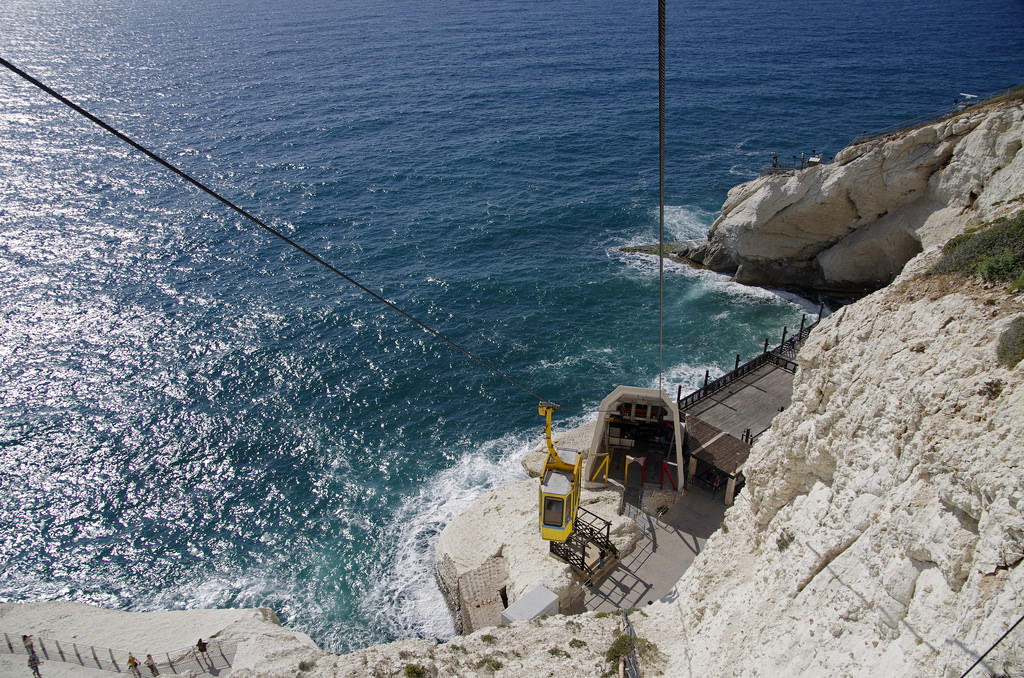
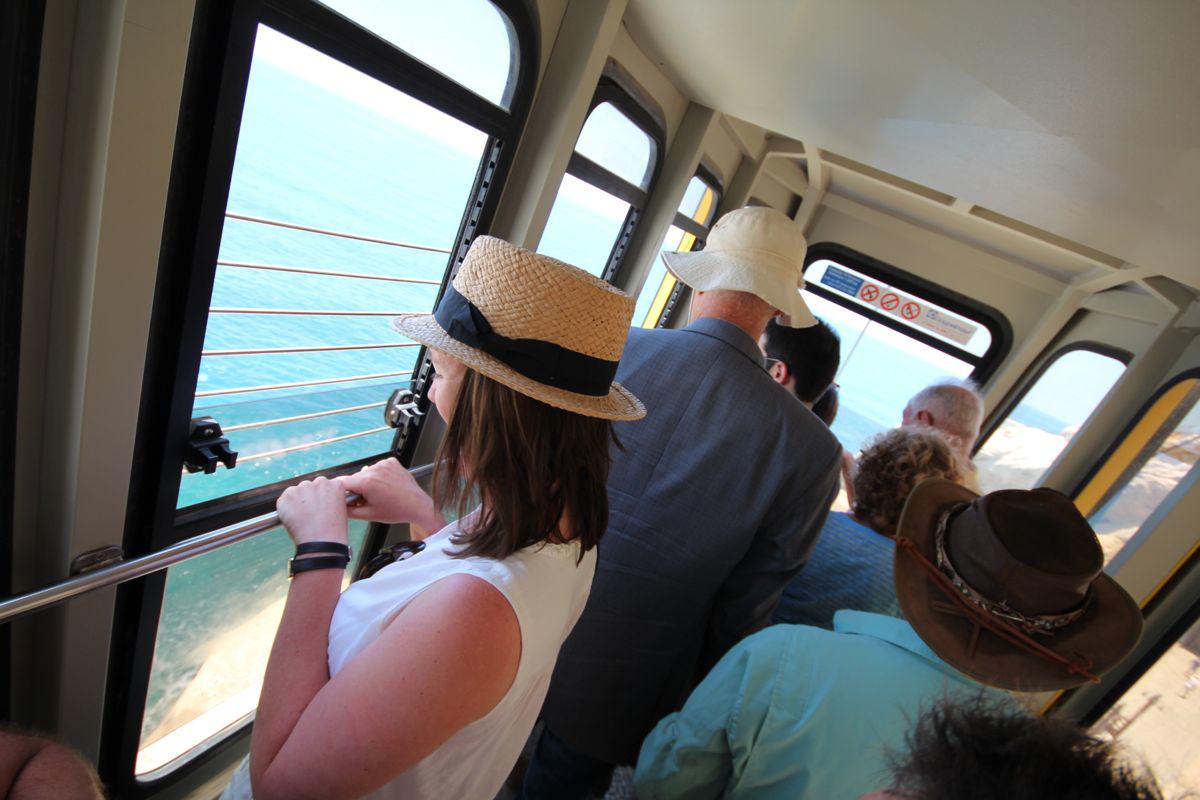 The grottos themselves are pretty impressive – especially for a geographer/oceanographer like me! I always love visiting somewhere that appeals to my long forgotten degree and with the sun on the water and cliffs, it was rather spectacular indeed! There is a film to watch that will explain it all – however we arrived in time for the Hebrew showing but, from reading the guide, the formation was due to tectonics that cracked the rock, sea and rain water then got in and formed the caves. Whilst it is a popular place, because the cable car can only carry about 10 people at a time it wasn’t too busy.
The grottos themselves are pretty impressive – especially for a geographer/oceanographer like me! I always love visiting somewhere that appeals to my long forgotten degree and with the sun on the water and cliffs, it was rather spectacular indeed! There is a film to watch that will explain it all – however we arrived in time for the Hebrew showing but, from reading the guide, the formation was due to tectonics that cracked the rock, sea and rain water then got in and formed the caves. Whilst it is a popular place, because the cable car can only carry about 10 people at a time it wasn’t too busy.

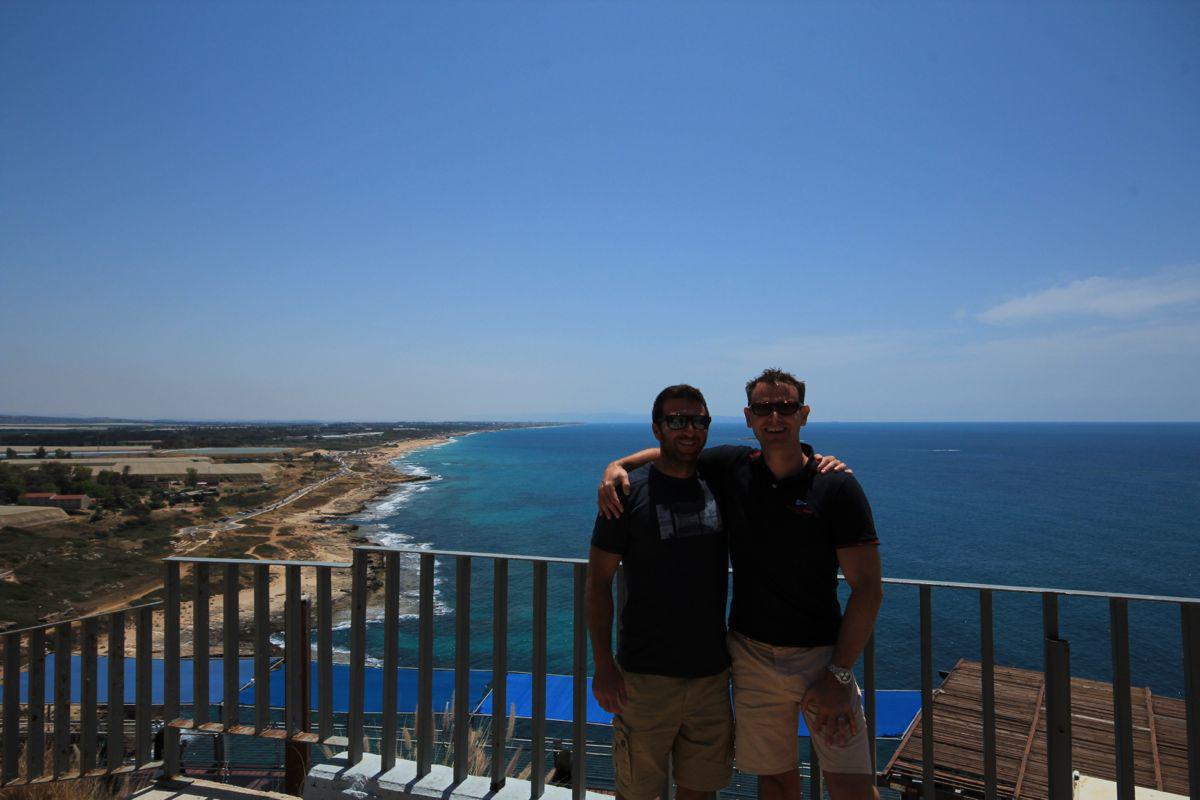
Our next stop was the town of Akko, or Acre. It seems to go as commonly by both names. We explored the old port town on our visit, there are also Baha’i gardens here but our first priority was to eat!
As I have already mentioned there is only one place to eat in town – Uri Buri. It was indeed fantastic, and since back I have discovered that the restaurant is linked to a charming looking boutique hotel in the town which looks ripe for a future visit!
After lunch in the sun and managing to avoid getting me burnt, we headed into the old town. We ambled through the souk which was jam packed with trinkets and spices and coffee – a feast of smells, but what I liked most was that it wasn’t oppressive or aggressive like the ones I’ve visited in Morocco or Oman, happily we could just amble through and people were just going about their normal shopping in a fantastic atmosphere.
The real reason for coming to the town was to visit the old town. It is a UNESCO world heritage site and well worth the trip. In the heat of the afternoon, escaping into ancient buildings was very cooling and pleasant! Akko was a Crusader city and from the port walls one can actually see all the way across the bay to the Baha’i gardens in Haifa which are an incredible landmark even from that distance!
Akko is one of the oldest inhabited sites in the world and everyone has made a bid for it – the canaanites, romans, crusaders, turks and British. As such there is a complete mixture of architecture and religion. With all this it would be easy to spend a day exploring, we chose to focus on two places.
First the Hospitaller Fortress, dating back to the 1100’s. It is a fascinating set of buildings to explore – large halls, underground tunnels, fantastic columns – it is grand and old, and it smells really really old!
The museum has been put together well to appeal to all. There is plenty of open space which means that you can take moody photos of old stuff, but there are also very modern interactive displays to enjoy, as well as old fashioned wooden games that appealed to the boys… There was also a large toilet room – lots of holes in the ground. I found it fascinating but we don’t need pictures of toilets here!
Also in Akko is a city below ground – and we visited the Templar Tunnel. The Templars had a fortress at the end of the tunnels and today visitors can walk the full length – I wonder how different to what it was like for pilgrims arriving in the holy land looking for safety as they neared the end of their pilgrimage.
A fascinating day out – stunning scenery and incredible history as well as great food and wine. But not only that, it is also an easy dip into the fascinating history of the country – be it the highly protected border, the unique geography or visiting one of the oldest places in the world most conquerers have had in their power for some period or another. 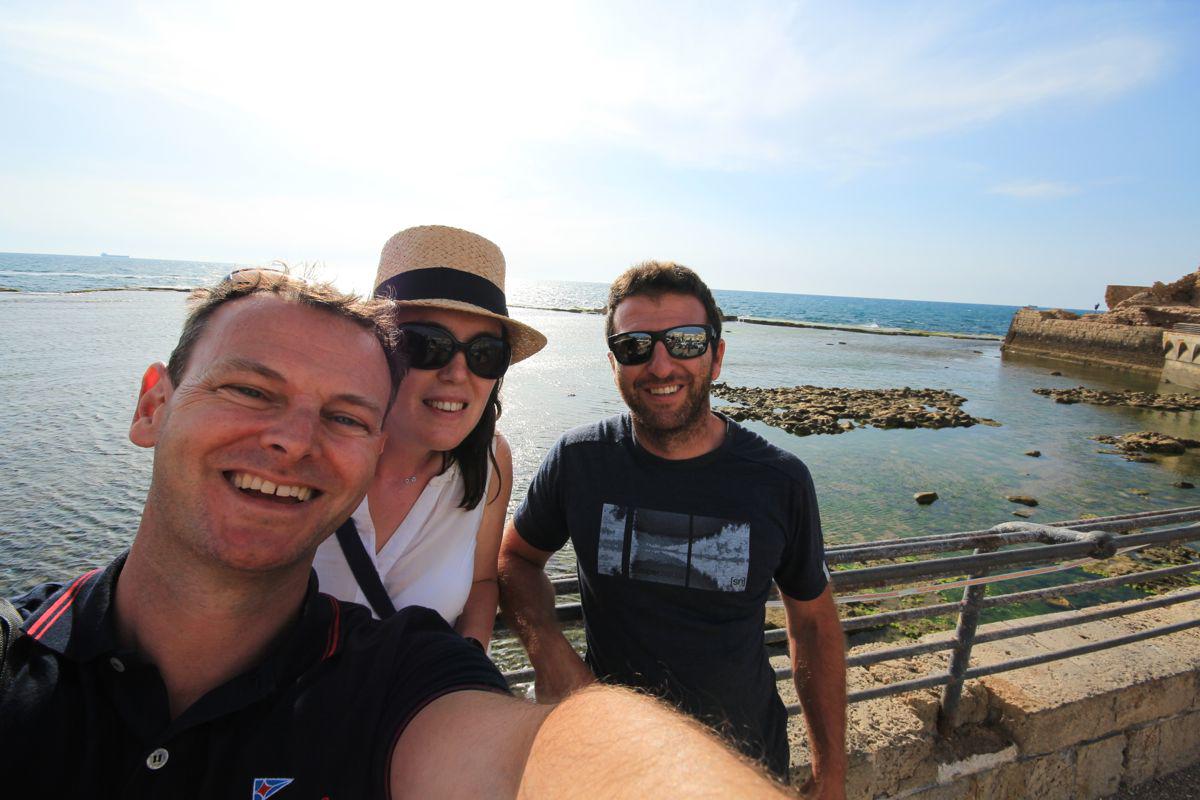
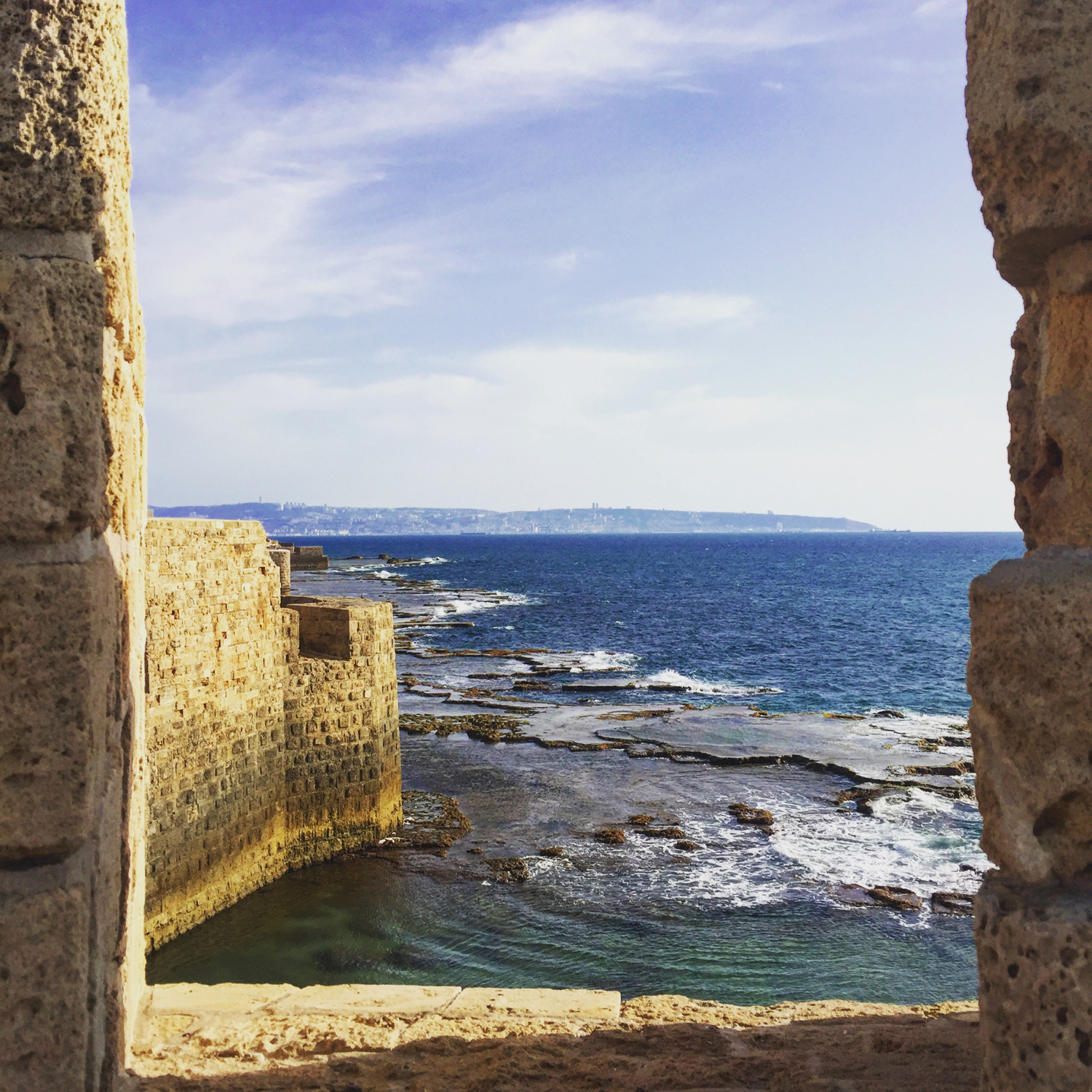
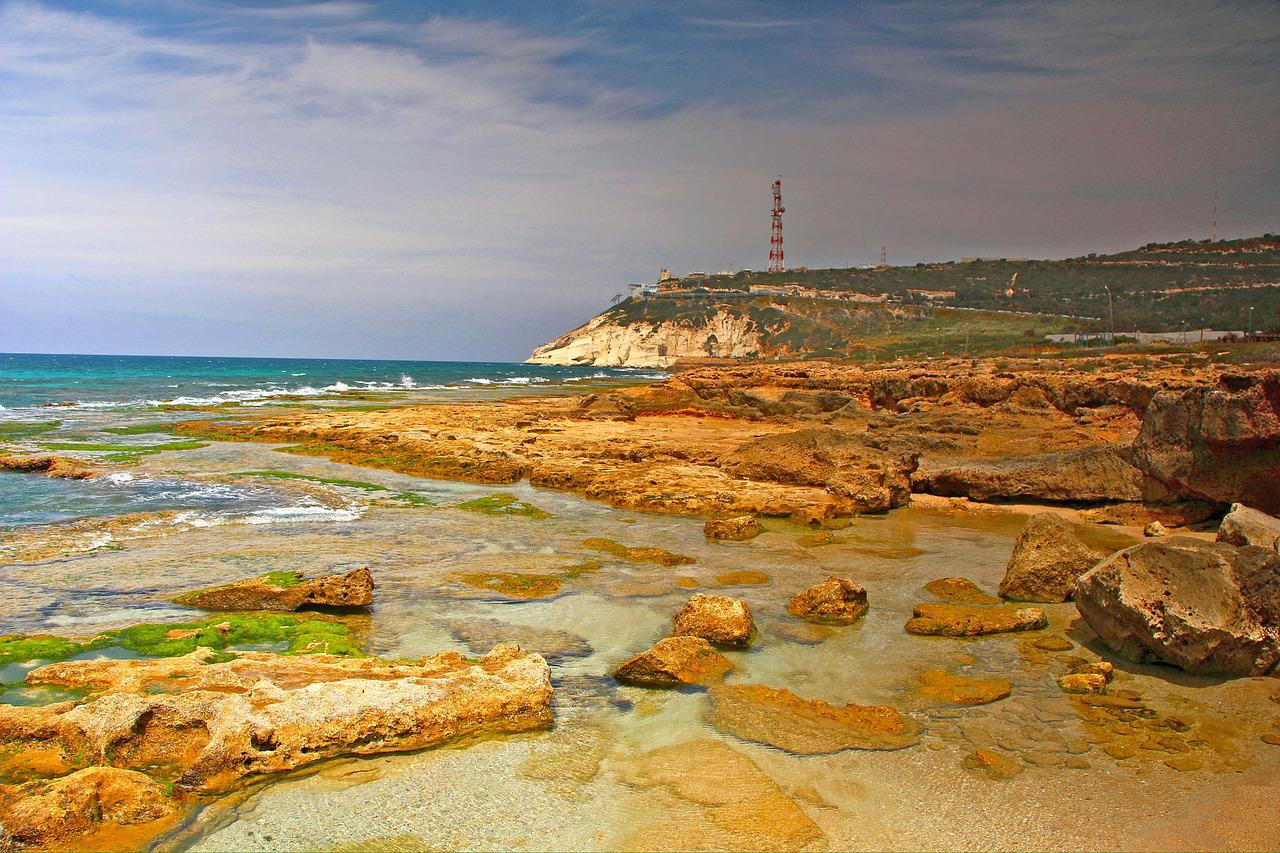
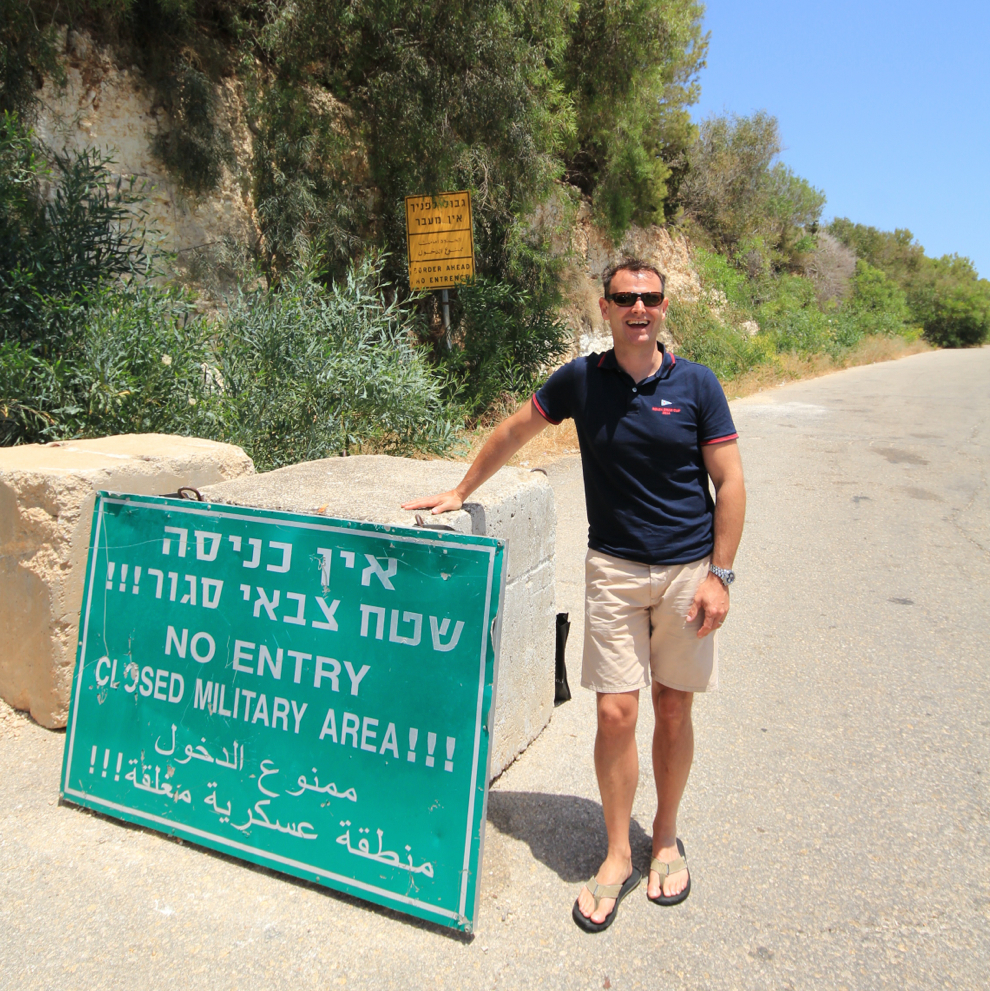


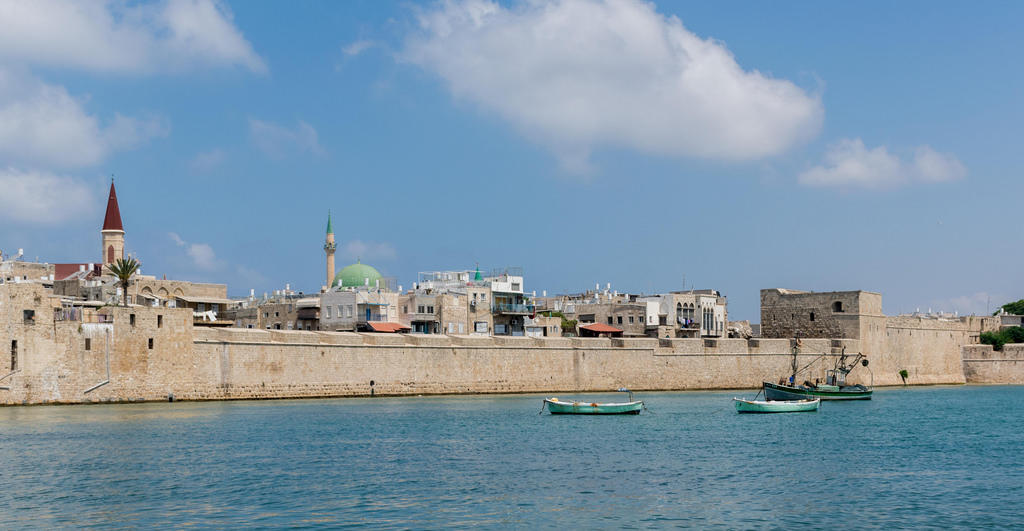
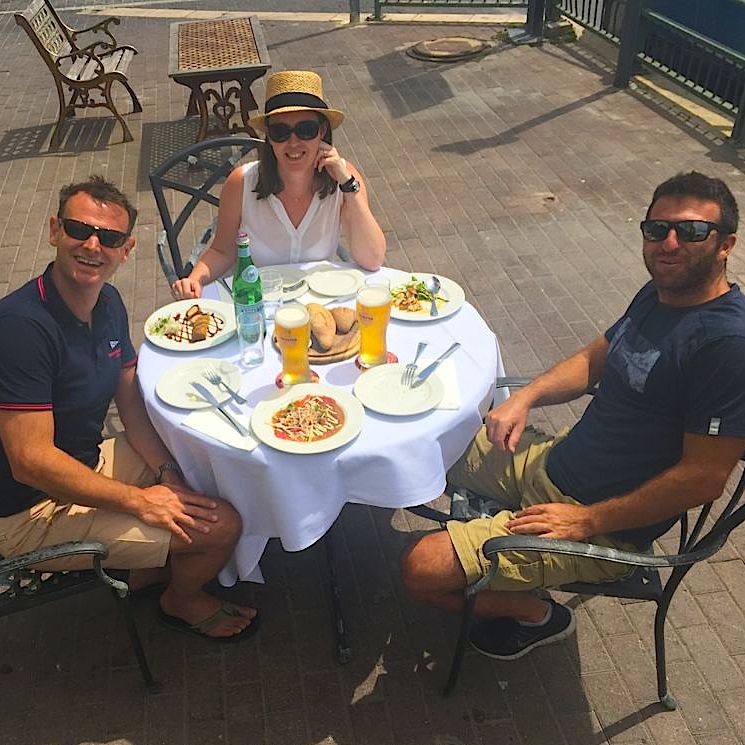
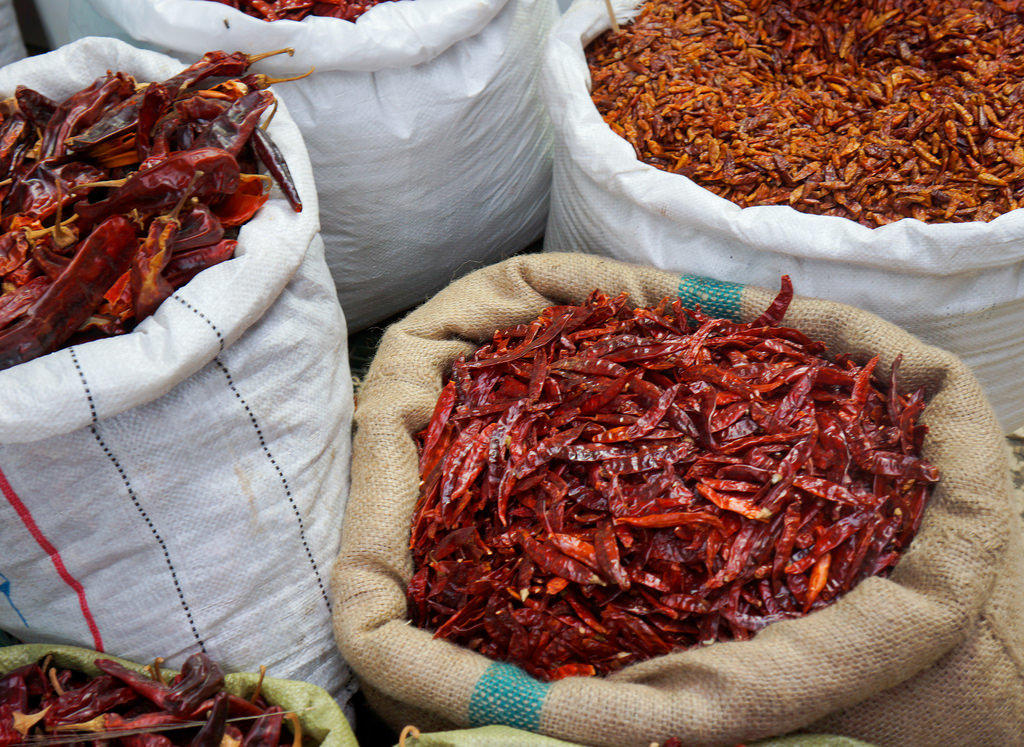
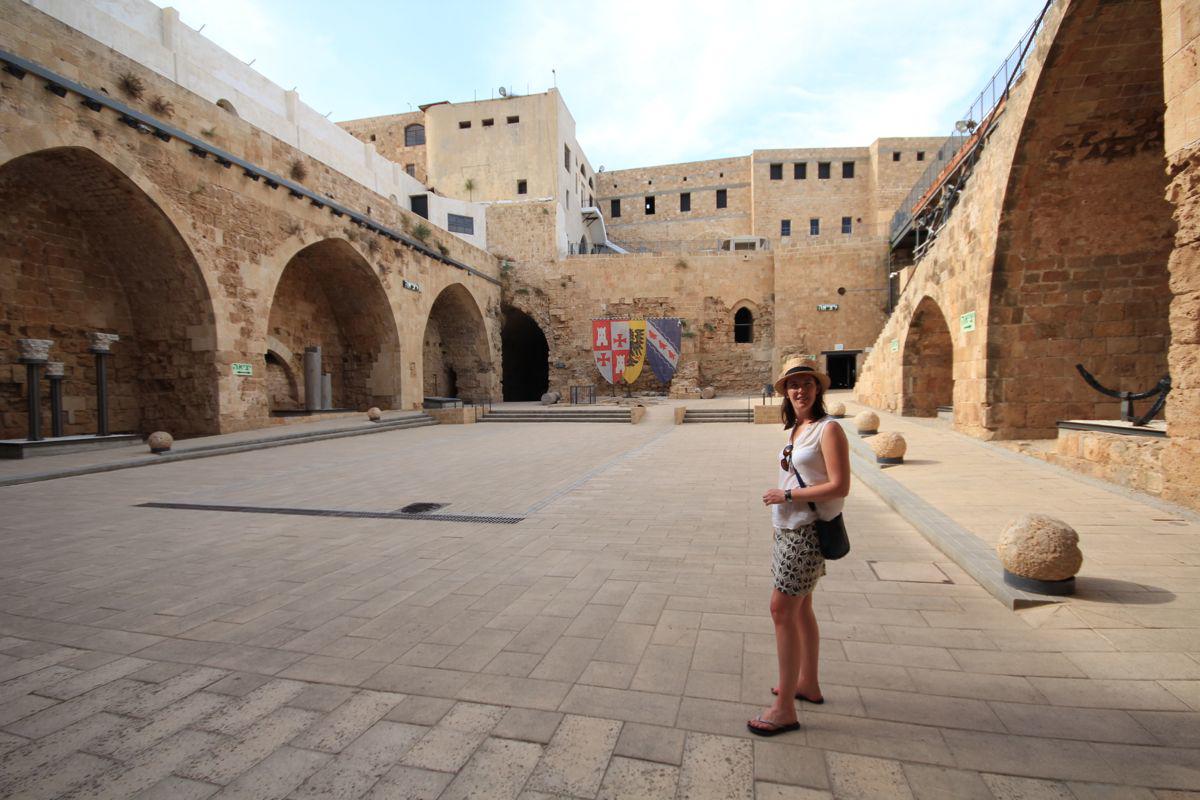
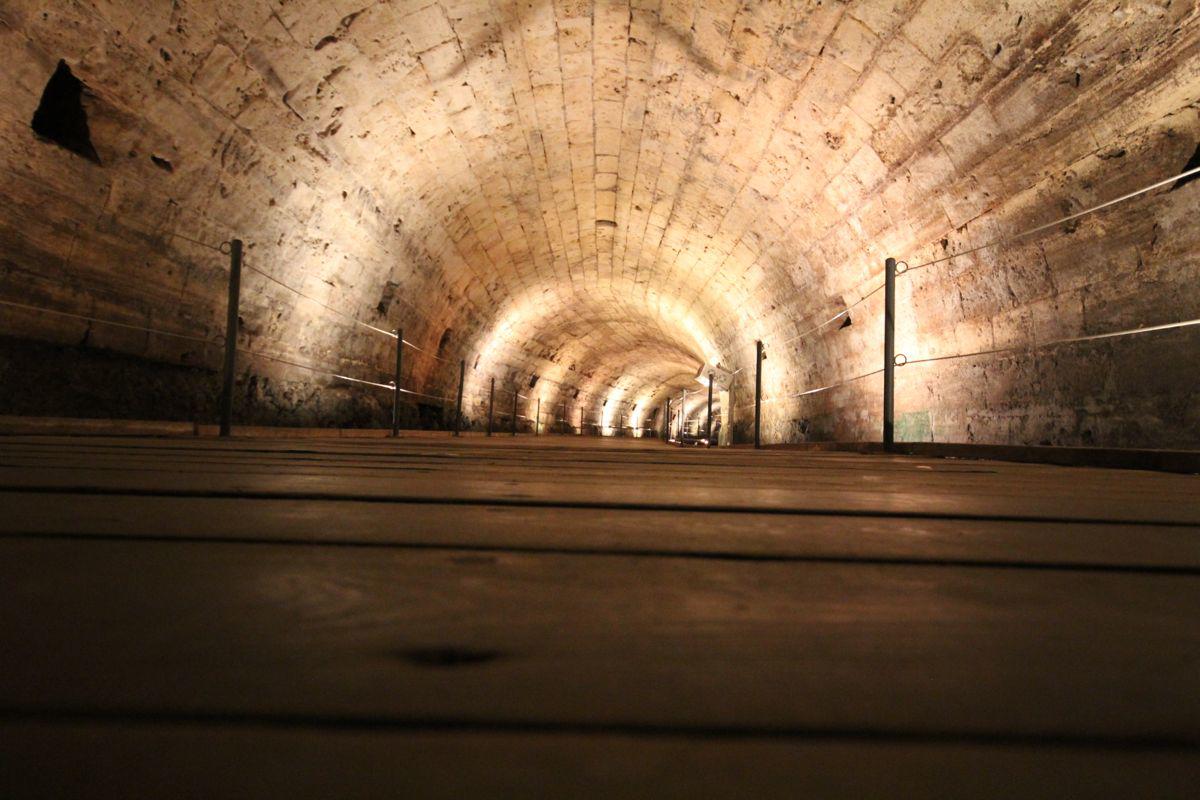
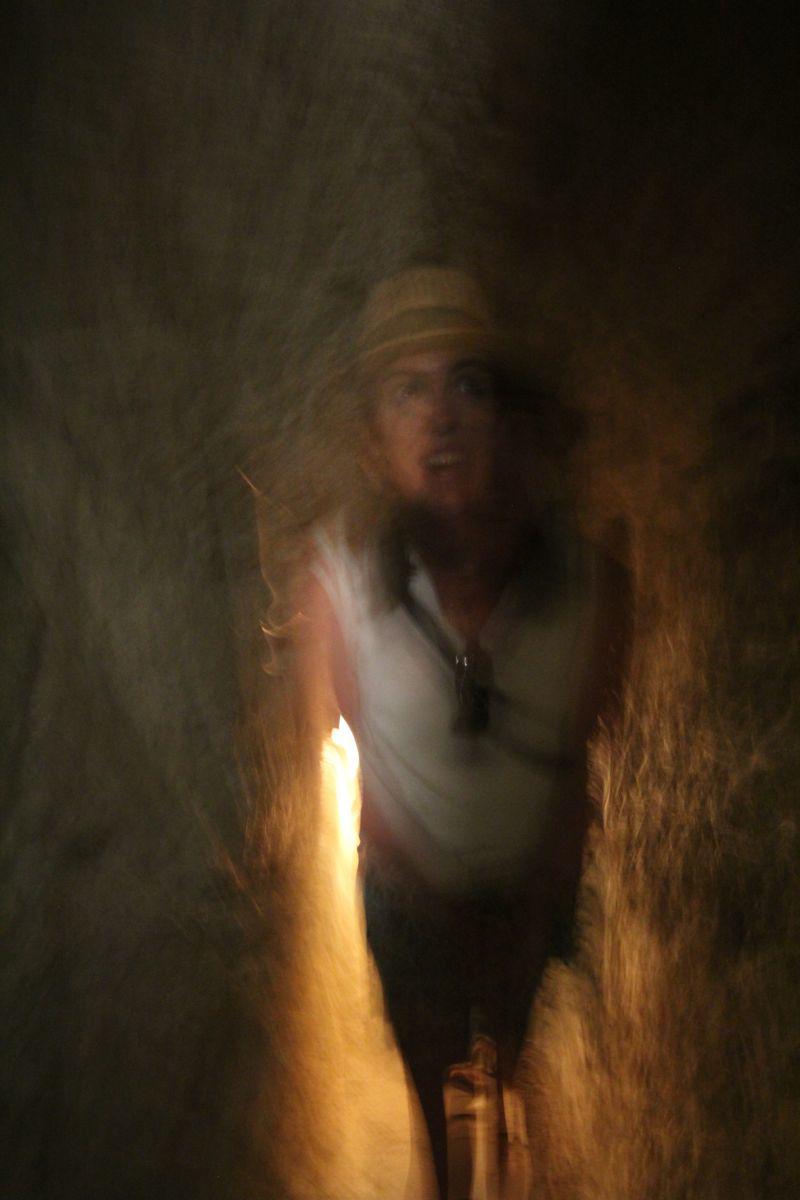

the blue sea cave looks great!
Author
I am not sure our photos do it justice, the blue was so blue against the White!
What a place!
Author
You have to go… Everything you lived about the Middle East but with a different vibe like the coolest European cities! Lovely to see you today ax
This takes me back 25 years when I went back packing around Isreal staying in little huts on campsites and travelling by bus. Our first campsite was up north near the Lebanese border. We visited both the border and explored Acre. Both fascinating in different ways. We were on a really tight budget so no restaurant eating for us, but we lived off of falafels. I still try to recreate them today. An absolutely beautiful and fascinating country.
Author
I have found the most amazing falafel bar in London which is almost as good as the ones in Israel! Although I would rather go back and see more of the country and eat more local food!! Glad to bring back some great memories, more to come soon on the Dead Sea and Jerusalem